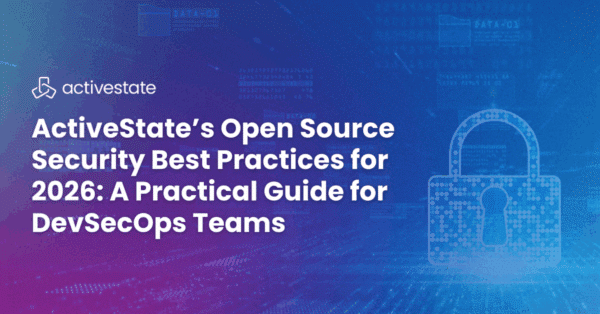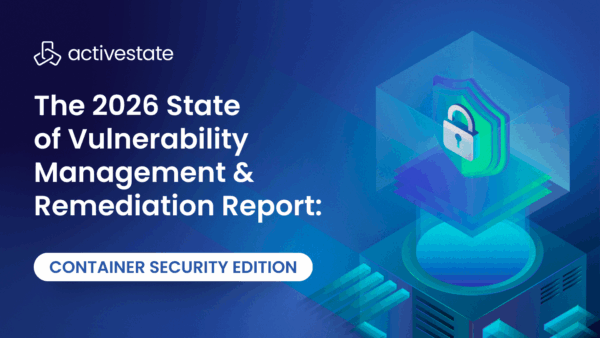The world of software development is evolving at breakneck speed, and with it, the importance of integrating security seamlessly into the development lifecycle – DevSecOps. If you’re looking to stay ahead of the curve, network with industry leaders, and learn the latest best practices, attending key DevSecOps events in 2025 is a must.
Here’s our curated list of the top 5 events you shouldn’t miss:
1. RSA Conference (RSAC)
A Security Powerhouse | April 28 – May 1, 2025 in San Francisco, California
- Why Attend?
- RSAC is a colossal event covering all aspects of cybersecurity, including a significant focus on DevSecOps. You’ll find sessions and exhibitors dedicated to secure coding, cloud security, vulnerability management, and more.
- It’s a fantastic opportunity to network with a diverse range of security professionals, from CISOs to security engineers.
- Expect to hear about the latest threats, emerging technologies, and strategic approaches to securing your software.
- What to Expect:
- Keynote presentations from industry visionaries.
- Hundreds of educational sessions and workshops.
- A massive expo floor with cutting-edge security solutions.
- Networking opportunities galore.
- DevSecOps Focus:
- Look for sessions focused on application security testing (AST), software composition analysis (SCA), infrastructure as code (IaC) security, and DevSecOps automation.
ActiveState will be hosting a Happy Hour April 29, 2025 at 6:00pm at the LocalTapSF. Register today!
2. Gartner Security & Risk Management Summit
Strategic Insights | June 9-11, 2025 in National Harbor, Maryland
- Why Attend?
- Gartner’s summit provides a strategic overview of the security and risk landscape, with a strong emphasis on how DevSecOps fits into the broader picture.
- Gain insights from Gartner analysts on the latest trends, best practices, and emerging technologies.
- Learn how to align your DevSecOps initiatives with business objectives and manage risk effectively.
- What to Expect:
- Research-driven presentations from Gartner analysts.
- Interactive workshops and roundtables.
- Opportunities to network with peers and industry experts.
- Actionable advice on building a robust security program.
- DevSecOps Focus:
- Expect analysis of DevSecOps maturity models, cloud-native security, security automation, and the impact of AI on application security.
ActiveState is a proud sponsor of this event. We invite you to visit our booth for an exclusive product demonstration to understand how ActiveState can significantly enhance the security and efficiency of your Software Development Life Cycle (SDLC) for your DevSecOps teams. Learn how our AI-Powered ASPM for Open Source uniquely delivers intelligent remediation, reduces risk, improves developer productivity, and ensures compliance, ultimately contributing to your organization’s strategic objectives and bottom line.
3. KubeCon + CloudNativeCon North America (KubeCon NA
Cloud-Native Security at its Core | November 10-13, 2025 in Atlanta, Georgia
- Why Attend?
- KubeCon is the premier event for the cloud-native community, and DevSecOps is a critical component of cloud-native security.
- Learn about the latest advancements in Kubernetes security, container security, service mesh security, and other cloud-native technologies.
- Connect with the open-source community and contribute to the future of cloud-native security.
- What to Expect:
- Technical sessions and tutorials led by experts.
- Project updates and demos from the Cloud Native Computing Foundation (CNCF).
- Opportunities to network with cloud-native developers and security engineers.
- A large vendor expo.
- DevSecOps Focus:
- Deep dives into Kubernetes security best practices, policy as code, secrets management, and container vulnerability scanning.
DevSecOps teams, don’t miss the opportunity to connect with ActiveState, a proud sponsor of this event. Come by our booth to discover how our AI-Powered ASPM for Open Source is specifically designed to significantly enhance the security and efficiency of your SDLC. Join us for a product demo to learn how ActiveState equips your teams with intelligent tools for SBOM monitoring, vulnerability prioritization with breaking change analysis, and automated remediation. See firsthand how our platform provides unprecedented visibility into your OSS usage, facilitates continuous monitoring, and delivers ready-to-deploy secure artifacts, ultimately enabling you to build secure software faster and strengthen your overall security posture.
4. DevSecOps Days
Community-Driven Knowledge | Many locations in North America and beyond!
- Why Attend?
- DevSecOps Days are community-driven events focused specifically on DevSecOps practices.
- These events offer a more intimate and collaborative environment for learning and sharing knowledge.
- They are held in many locations around the world.
- Great for people who want very focused DevSecOps information.
- What to Expect:
- Presentations and workshops from practitioners and experts.
- Open spaces for discussions and collaboration.
- Networking opportunities with fellow DevSecOps enthusiasts.
- A focus on real-world implementation.
- DevSecOps Focus:
- Practical application of DevSecOps principles, case studies, and hands-on workshops.
5. OWASP Global AppSec Conference
Application Security Deep Dive | November 3 – 7, 2025 in Washington D.C.
- Why Attend?
- The OWASP Global AppSec Conference is a must-attend for anyone serious about application security.
- Learn about the latest vulnerabilities, attack techniques, and secure coding practices.
- Connect with the OWASP community and contribute to open-source security projects.
- What to Expect:
- Technical presentations and workshops on a wide range of application security topics.
- Opportunities to learn from leading security researchers and practitioners.
- Networking with a global community of application security professionals.
- DevSecOps Focus:
- Secure software development lifecycle (SSDLC), application security testing (AST), threat modeling, and web application security.
Planning Your 2025 DevSecOps Journey
As you plan your 2025 event calendar, consider your specific needs and goals. Whether you’re looking for strategic insights, technical deep dives, or networking opportunities, these top 5 DevSecOps events offer something for everyone.
Stay secure, stay informed, and stay ahead of the curve! Are we missing any? Comment below to let us know!







